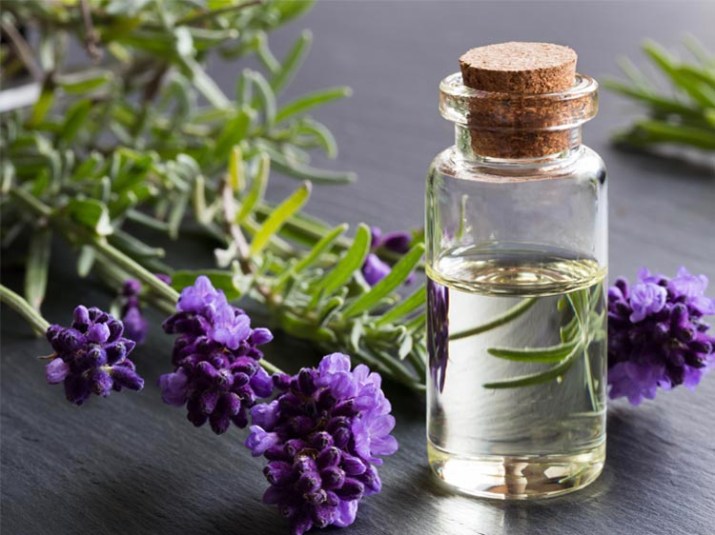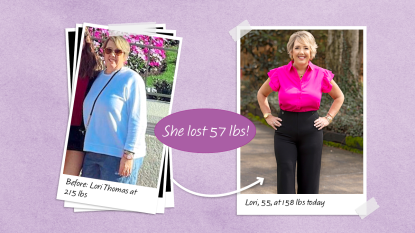Some ‘Lavender’ Essential Oils Aren’t True Lavender, Expert Warns

It goes without saying that true lavender essential oil can be a wonderful addition to your aromatherapy routine. But did you know that some essential oils claiming to be “lavender” don’t actually come from that plant after all?
If you want to reap all the benefits of lavender essential oils, it’s crucial that you get products made from true lavender. That’s why certified aromatherapist Caroline Schroeder is spreading the word about lavandin, which is a cheaper-to-produce hybrid of lavender and spike lavender that some essential oil companies use to substitute for true lavender.
Schroeder explains: “Although the two ingredients come from the same botanical family and may have a somewhat similar aroma, they are from different plants with varying properties and effects.”
While some essential oil companies like GuruNanda use only true lavender, it’s important not to assume that every brand — especially one that you’re unfamiliar with — is doing the same. Luckily, Schroeder says there are a few ways to know the difference between lavender and lavandin. Keep this list handy the next time you’re browsing for a new lavender essential oil, and you can feel confident that you’re getting the real deal with your purchase.
Lavender vs. Lavandin: How to Tell the Difference
1. Double-check the oil’s Latin name. Most essential oil companies will provide the Latin names for the oils. This is where it gets a bit tricky, because lavender and lavandin have an ever-so-slight difference: Lavender’s Latin name is “lavandula angustifolia,” while lavandin’s is “lavandula intermedia.” Before you buy, be sure it’s the former and not the latter.
2. Take a sniff of the oil. While true lavender boasts a sweet, floral, and delicate scent, lavandin tends to have a more medicinal aroma due to its higher camphor content, which is sometimes used in cleaning products.
3. Beware of confusing nicknames. Sometimes, lavandin is called “French lavender” because it was developed for the French perfume industry. True lavender is occasionally called “English lavender” because it was created for English perfumes. In reality, both of these plants can grow in many different countries. (Psst: Some of the best true lavender is said to be grown in Bulgaria.)
4. Find out the therapeutic properties. Lavender is said to help with relaxation and sleep, as well as soothing discomfort that comes from problems like headaches or burns. Meanwhile, lavandin tends to act more like an antiseptic.
5. Look closely at the price. It’s easy to get excited when you see a “discount” or “deal” on lavender essential oils. But the truth is that lavandin comes from larger plants that produce more oil than lavender, which makes lavandin much cheaper to produce. When all else fails, remember the old saying: If it seems too good to be true, it probably is!
More From Woman’s World
7 Best Essential Oils to Diffuse in the New Year
9 Edible Essential Oils and How to Use Them in Recipes
5 Nutrients You Should Be Eating to Prevent Hair Loss — And Where to Find Them













